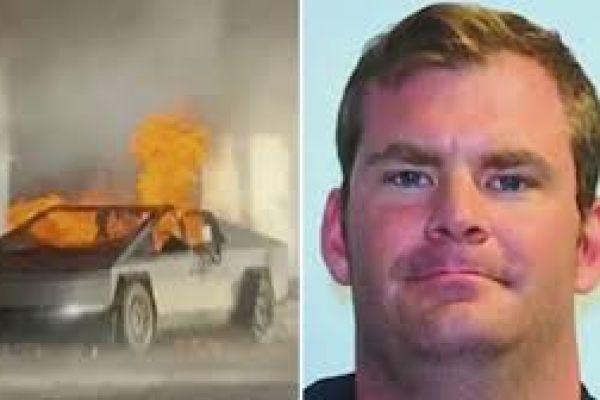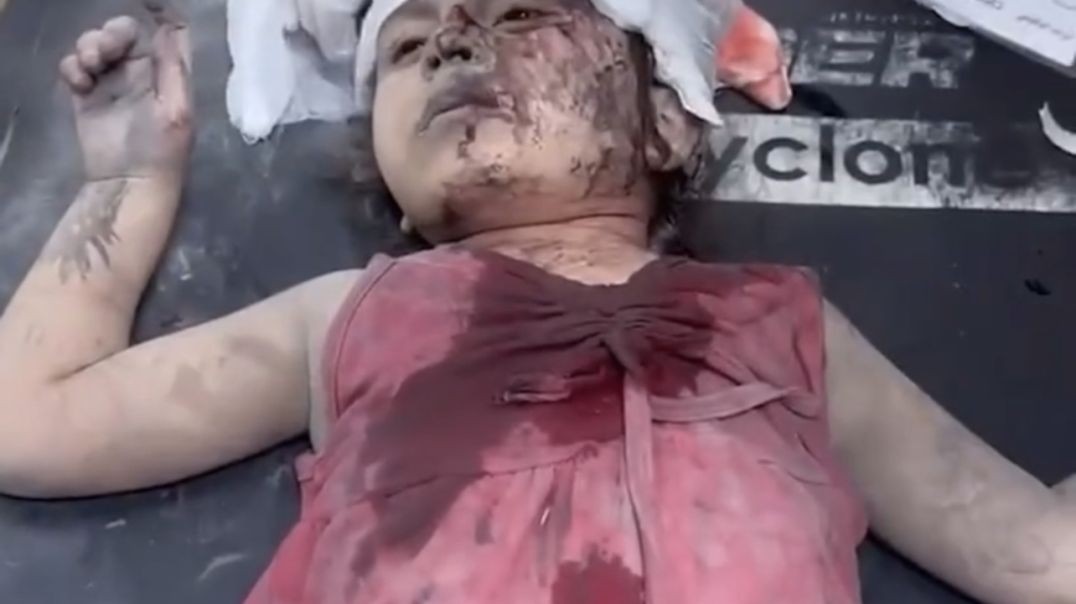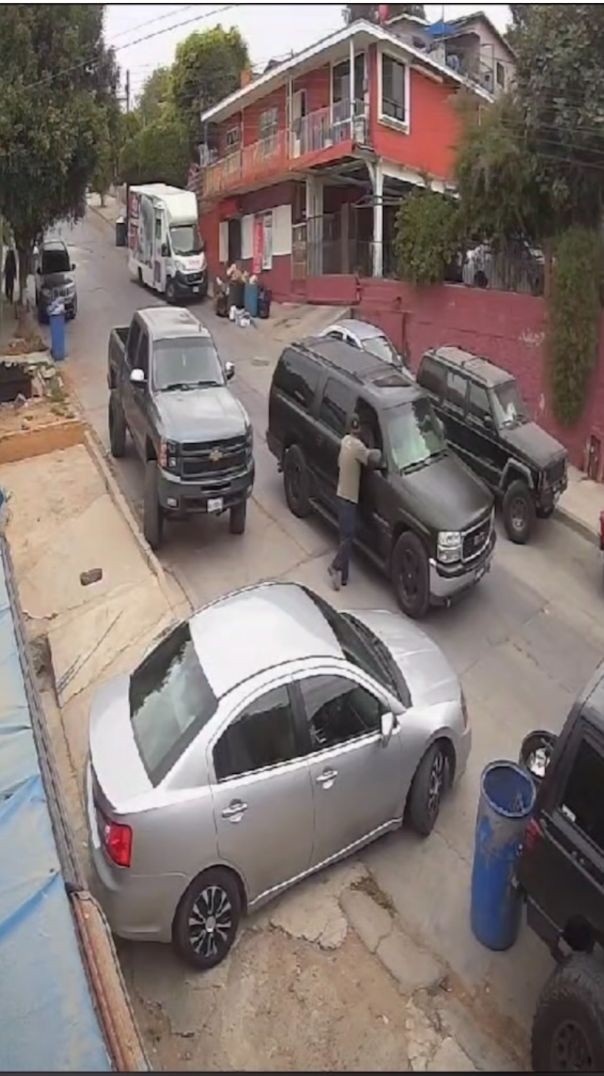Introduction
Matthew Livelsberger, a decorated Green Beret, has become the focal point of a national controversy after a Tesla Cybertruck exploded outside Trump International Hotel in Las Vegas. The explosion resulted in Livelsberger’s death and a subsequent investigation into his alleged manifesto. The document, which details claims about advanced drone technology and a government cover-up, has raised questions about national security, military accountability, and the mental health struggles of veterans.
Background: Who Was Matthew Livelsberger?
Livelsberger, a 37-year-old U.S. Army veteran, served as a Green Beret and was involved in classified military operations, including a 2019 airstrike in Nimruz Province, Afghanistan. His service was distinguished, but he reportedly struggled with PTSD and depression after leaving the military.
• Key Events in His Service:
• Involvement in targeting over 125 buildings in Afghanistan, resulting in civilian casualties.
• Claims of a government cover-up of the airstrike, described as a war crime by a 2019 U.N. report.
Former colleagues describe Livelsberger as dedicated but troubled, while his ex-girlfriend revealed struggles with isolation and memory loss.
The Cybertruck Explosion
On January 1, 2025, a Tesla Cybertruck loaded with firework mortars and camp fuel canisters exploded outside Trump International Hotel. Livelsberger reportedly shot himself moments before the blast, which caused significant damage but resulted in no other casualties.
• Details Found at the Scene:
• Weapons, fireworks, a passport, and personal electronics were recovered from the truck.
• Sheriff Kevin McMahill described Livelsberger’s body as “almost beyond recognition.”
• The Cybertruck’s reinforced steel design contained the explosion, preventing greater destruction.
The Manifesto
Days before the explosion, Livelsberger sent a manifesto-like email to retired U.S. Army intelligence officer Sam Shoemate. The email, later shared on The Shawn Ryan Show podcast, contained explosive allegations:
1. Advanced Drone Technology:
• Claims of “GDIC propulsion systems” (anti-gravity technology) used by the U.S. and China.
• Allegations that China has been launching stealth drones from submarines along the U.S. East Coast.
2. 2019 Afghanistan Airstrike:
• Accusations of civilian casualties during a U.S. airstrike in Nimruz Province.
• Claims of a government cover-up involving U.S. military and intelligence agencies.
3. Surveillance Allegations:
• Livelsberger alleged he was being tracked by the FBI and Homeland Security.
• He expressed fears of being detained before crossing into Mexico.
Key Excerpts from the Manifesto
The manifesto offers insight into Livelsberger’s mindset and motivations.
• On Advanced Drones:
“These unmanned aircraft, launched from submarines, pose the greatest national security threat in history. Their stealth and payload capacity make them checkmate for any defense system.”
• On War Crimes:
“I was part of a cover-up of civilian casualties in Afghanistan, which included over 65 unlawful strikes. These were declared war crimes by the U.N., but the U.S. administration buried the evidence.”
• On Surveillance:
“I’ve been followed for over a week by likely Homeland or FBI. They know I’m armed and have a VBIED [vehicle-borne improvised explosive device].”
Analysis: What Does This Mean?
Livelsberger’s manifesto raises critical questions about:
1. National Security:
• Are the claims about anti-gravity propulsion systems credible?
• How prepared is the U.S. for potential drone-based threats?
2. Military Accountability:
• Does the alleged cover-up of the 2019 airstrike suggest broader systemic issues within the military?
3. Veteran Mental Health:
• How can the U.S. better support veterans struggling with PTSD and reintegration?
What Authorities Are Saying
At a press conference, FBI Special Agent Spencer Evans emphasized that this was “a tragic case of suicide involving a heavily decorated combat veteran who was struggling with PTSD.”
Tesla CEO Elon Musk also weighed in, stating, “The Cybertruck actually contained the explosion and directed the blast upwards, limiting casualties.”
Conclusion: A Tragic Wake-Up Call
Matthew Livelsberger’s actions and manifesto leave behind a legacy of questions rather than answers. His allegations about advanced drone technology and war crimes challenge the public to reflect on the intersection of military ethics, mental health, and national security.
As investigators continue to piece together Livelsberger’s motives, one truth remains clear: his story is a somber reminder of the cost of silence and the consequences of ignoring the struggles of those who serve.








